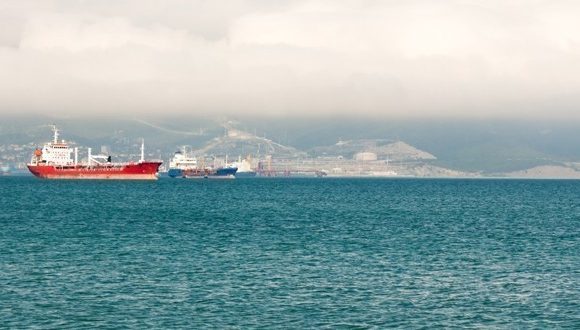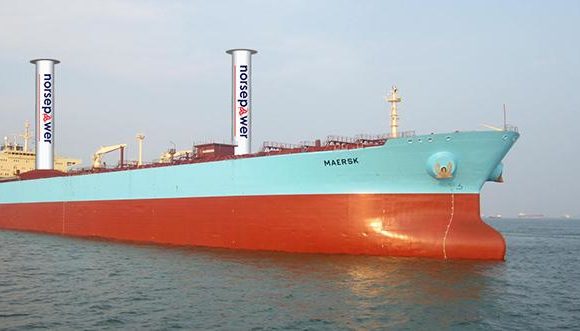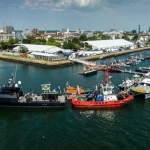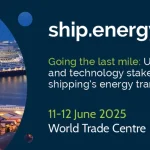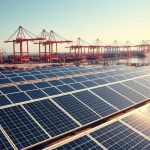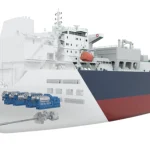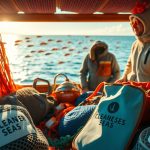Advancements in Ocean Cleanup Technologies: A Hopeful Solution to Marine Plastic Pollution
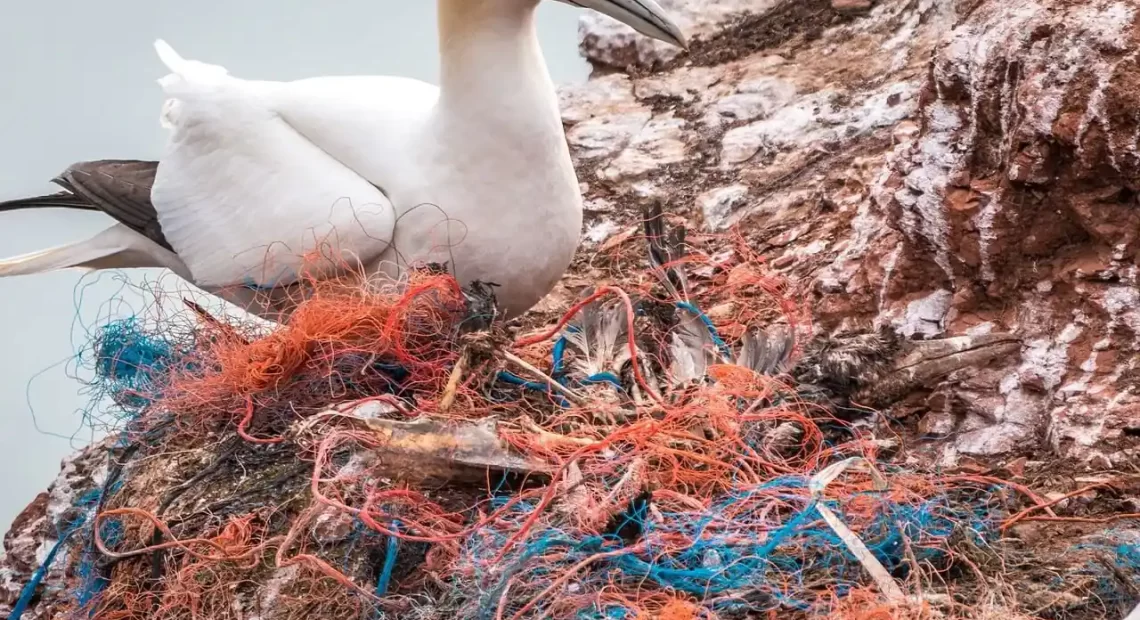
Introduction
The world’s oceans are facing a monumental challenge—marine plastic pollution. Thankfully, innovative technologies are emerging to combat this environmental crisis. Various ocean cleanup technologies have been developed, aiming to remove plastic debris from our seas and restore the health of marine ecosystems. This article delves into the exciting realm of ocean cleanup technologies, exploring floating trash collectors, specialised nets, filtration systems, and waste management strategies. Through these advancements, we can pave the way toward a cleaner and more sustainable future for our oceans.
Floating Trash Collectors: Ocean Cleanup’s System 001
One of the most prominent ocean cleanup technologies is the Ocean Cleanup’s System 001. Designed by Boyan Slat, a young entrepreneur and environmentalist, this innovative device employs the power of ocean currents to collect plastic debris from the ocean surface. Consisting of a long, U-shaped floating barrier with a skirt beneath it, System 001 passively captures and concentrates plastic waste, allowing for its subsequent removal.
Slat’s vision for System 001 is ambitious. He states, “I want to clean up the oceans. I want to do something that actually solves the problem.” With the deployment of the first operational System 001 in the Great Pacific Garbage Patch in 2018, the project showcased promising results, demonstrating the potential of this technology.
Other Ocean Cleanup Systems
Beyond the Ocean Cleanup’s System 001, several other innovative ocean cleanup systems have emerged, each offering a unique approach to tackling the problem of marine plastic pollution.
The Seabin Project:
The Seabin, created by Andrew Turton and Pete Ceglinski, is a simple yet effective system designed to collect plastic debris and other pollutants from marinas, ports, and yacht clubs. The Seabin is installed in the water, continuously sucking in water and capturing floating waste within its catch bag. Its design allows it to capture debris of various sizes, from microplastics to larger plastic items, helping to prevent them from entering the open sea.
The WasteShark:
Inspired by the filter-feeding behaviour of whale sharks, the WasteShark is an autonomous surface drone developed by RanMarine Technology. This innovative system cruises through waterways, autonomously collecting floating waste. Equipped with sensors and cameras, it navigates efficiently, identifying and collecting plastic debris and other pollutants. The WasteShark’s design minimises disturbances to marine life while effectively cleaning up water bodies near coastlines.
The SeaBinX:
An evolution of the original Seabin, the SeaBinX is an enhanced version designed to capture even greater amounts of floating waste. Developed by the Seabin Project, this system operates similarly to its predecessor but boasts a larger catchment capacity and improved debris retention. The SeaBinX is deployed in marinas, harbours, and other water bodies, contributing to localised cleanup efforts and preventing plastic pollution from reaching the open ocean.
The LittaTrap:
The LittaTrap, developed by Storm Water Systems, is an ingenious filtration system designed to intercept plastic and other pollutants carried by stormwater runoff. Installed within storm drains and catch basins, the LittaTrap utilises a combination of screens and filters to capture debris, preventing it from entering water bodies. This system plays a vital role in preventing plastic waste from reaching the ocean through urban drainage systems.
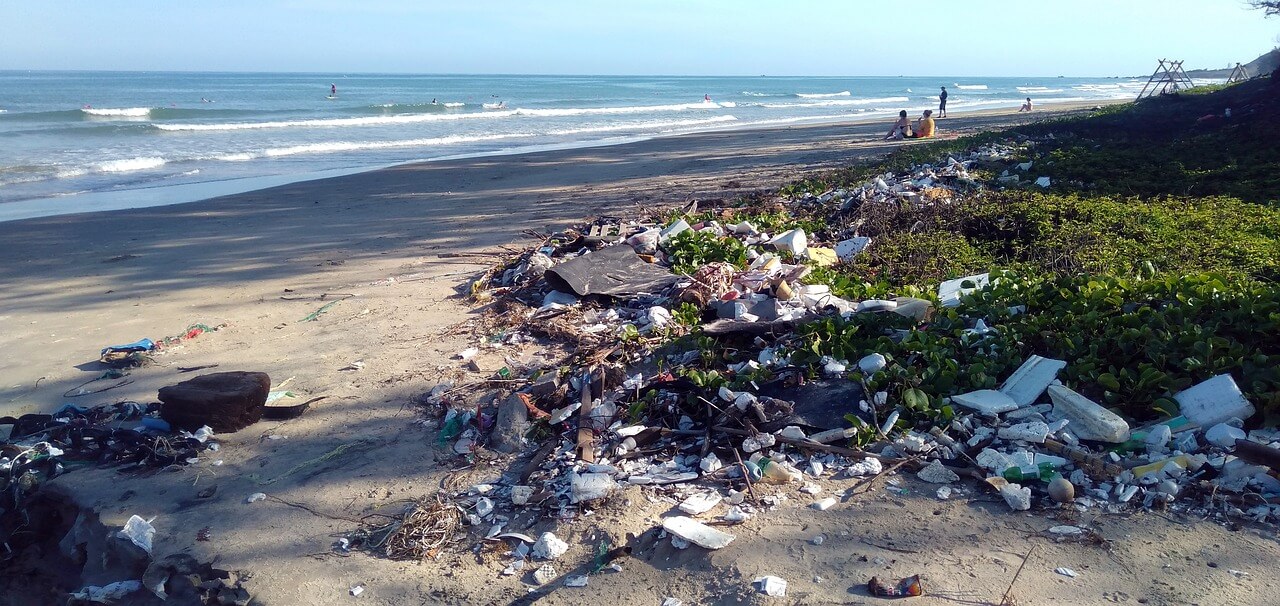
The Trash Wheel:
The Trash Wheel, pioneered by the Waterfront Partnership of Baltimore, is an innovative system that intercepts plastic and other debris from rivers and waterways before it reaches the open sea. This system consists of a floating platform equipped with a conveyor belt and rotating wheel powered by the flow of water. As the wheel turns, it scoops up floating waste, depositing it into a collection bin for proper disposal.
These additional ocean cleanup systems complement the efforts of floating trash collectors like the Ocean Cleanup’s System 001, offering localised and diverse solutions to address plastic pollution in different marine environments. By strategically deploying a combination of these systems, we can maximise the impact of ocean cleanup efforts and significantly reduce the amount of plastic waste entering our oceans.
Quotes from Experts:
Dr. Emma Greenway, marine biologist and conservationist, emphasises the importance of diverse ocean cleanup technologies, stating, “We need a multi-faceted approach to combat marine plastic pollution. The existence of various cleanup systems provides us with a range of tools to address the issue in different contexts, ensuring more comprehensive and effective results.”
Specialised Nets and Filtration Systems
In addition to floating trash collectors, specialised nets and filtration systems are playing a crucial role in tackling marine plastic pollution. One such example is the Seabin, an automated rubbish bin that floats in marinas, ports, and yacht clubs, continuously collecting plastic and other debris from the water. The Seabin’s creators, Andrew Turton and Pete Ceglinski envisioned a simple yet effective solution to intercept floating waste before it spreads further into the ocean.
Another innovative technology, the WasteShark, resembles a small, autonomous surface drone. This marine garbage collector glides through waterways, sucking up plastics and other pollutants while mimicking the behaviour of a whale shark. The creators of WasteShark, RanMarine Technology, emphasise the importance of efficient waste management at its source—rivers, harbours, and canals—to prevent it from reaching the open sea.
Waste management strategies also play a crucial role in addressing marine plastic pollution. The concept of “circular economy” has gained traction, focusing on reducing waste generation, improving recycling practices, and promoting sustainable consumption. It emphasises the need for extended producer responsibility, encouraging manufacturers to design products with a lifecycle approach in mind, minimising waste and plastic packaging.
Quoting environmental scientist Dr. Jane Thompson – “Ocean cleanup technologies provide us with a glimmer of hope in the battle against marine plastic pollution. These innovative solutions demonstrate that we have the capacity to reverse the damage we’ve inflicted upon our oceans, but it requires a collective effort.”
Conclusion
The development of ocean cleanup technologies is helping to fight against marine plastic pollution. Floating trash collectors like the Ocean Cleanup’s System 001, along with specialised nets, filtration systems, and waste management strategies, are actively contributing to the removal of plastic debris from our oceans. These advancements signify a paradigm shift in addressing the issue at hand and foster a sense of urgency in adopting sustainable practices worldwide.
As we navigate the path toward a cleaner and healthier marine ecosystem, it is crucial to remember that technology alone cannot solve the problem. It requires a comprehensive approach encompassing education, policy changes, and individual actions. By collectively embracing these solutions, we can ensure a brighter future for our oceans, where plastic pollution becomes an issue of the past.
Resources
Ocean Cleanup
Seabin Project
RanMarine Technology
Ellen MacArthur Foundation
Acoustic Monitoring: An Innovative Approach To Studying Marine Life

